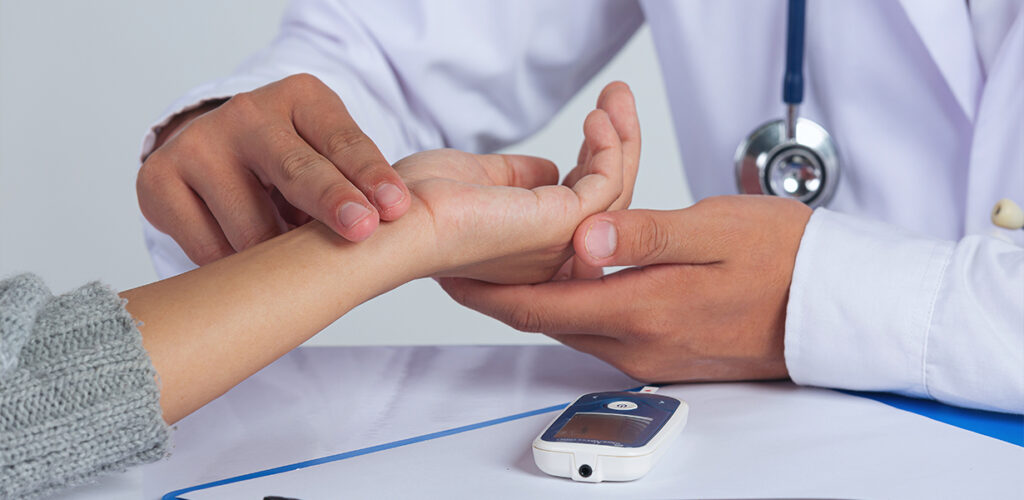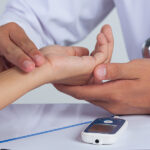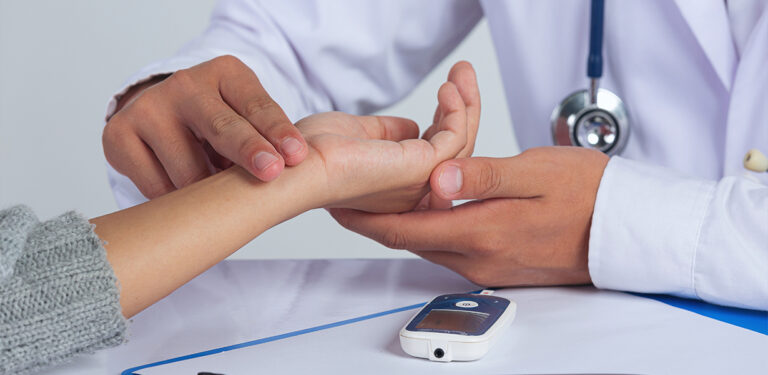Recognizing the Signs of Cardiac Arrest: Insights from Dr. Udgeath Dhir
In a world where health challenges are becoming increasingly common, knowing how to identify critical medical emergencies can mean the difference between life and death. Renowned cardiac surgeon Dr. Udgeath Dhir shares valuable insights into the symptoms of cardiac arrest in an engaging podcast reel. Here, we delve into the key takeaways from the podcast, equipping you with the knowledge to recognize and respond to cardiac emergencies.
What Is Cardiac Arrest? Understanding the Basics
Cardiac arrest occurs when the heart suddenly stops beating, cutting off blood flow to the brain and other vital organs. Unlike a heart attack, which is caused by a blockage in the arteries, cardiac arrest is often an electrical malfunction of the heart. Immediate medical attention is crucial, as survival rates drop significantly with every passing minute without treatment.
Why Awareness Matters: The Lifesaving Potential of Early Recognition
Statistics reveal that cardiac arrest claims millions of lives globally every year. Many of these deaths are preventable with timely intervention. Dr. Dhir emphasizes the importance of understanding and identifying early symptoms, which can empower individuals to seek medical help promptly, potentially saving lives.
Critical Symptoms to Watch Out For
Dr. Dhir breaks down the warning signs of cardiac arrest into easily recognizable symptoms. Let’s explore these indicators in detail:
1. Persistent Chest Pain or Discomfort
One of the most common symptoms is chest pain, described as a heavy or squeezing sensation. This pain often radiates to the arms, neck, jaw, or back. While chest pain is not exclusive to cardiac arrest, ignoring it can have serious consequences.
2. Shortness of Breath
Difficulty breathing or a feeling of suffocation, even at rest, is a red flag. Shortness of breath may be accompanied by fatigue or lightheadedness and is often an early indicator of cardiac distress.
3. Sudden Fatigue
Feeling overwhelmingly tired without a clear reason could signal an impending cardiac event. Dr. Dhir highlights that this symptom is particularly common in women, making it essential not to overlook it.
4. Dizziness or Fainting
Experiencing dizziness, lightheadedness, or a sudden loss of consciousness can point to reduced blood flow to the brain. This symptom requires immediate attention, as it often precedes cardiac arrest.
5. Irregular Heartbeat or Palpitations
Heart palpitations, or a sensation of fluttering in the chest, may indicate an arrhythmia—a condition that increases the risk of cardiac arrest. Pay close attention if palpitations are accompanied by other symptoms.
6. Nausea or Vomiting
While often dismissed as a stomach issue, nausea, and vomiting can be linked to cardiac problems, especially when combined with other warning signs.
Who Is at Risk? Key Factors to Consider
Understanding who is at greater risk can aid in proactive prevention. According to Dr. Dhir, the following factors increase susceptibility to cardiac arrest:
- Age and Gender: Older adults and men are at higher risk, though cardiac events in women are often underrecognized.
- Lifestyle Choices: Smoking, a sedentary lifestyle, and poor dietary habits contribute significantly.
- Medical History: Individuals with a history of heart disease, hypertension, or diabetes should remain vigilant.
- Family History: Genetic predisposition plays a role in cardiac conditions, making awareness crucial for those with a family history of heart issues.
Immediate Steps to Take During Cardiac Arrest
When someone collapses and shows signs of cardiac arrest, taking swift action is vital. Dr. Dhir outlines the steps to follow:
- Call Emergency Services: Dial your local emergency number immediately to get professional help on the way.
- Perform CPR: Cardiopulmonary resuscitation (CPR) can keep oxygen-rich blood flowing to vital organs until medical professionals arrive.
- Use an AED: An automated external defibrillator (AED) can restore a normal heart rhythm in some cases. AEDs are commonly found in public places like airports and malls.
The Role of Preventive Care: A Proactive Approach
Dr. Dhir stresses that prevention is always better than cure. Here are some strategies to reduce the risk of cardiac arrest:
1. Regular Health Check-Ups
Routine health screenings can detect underlying conditions like hypertension, high cholesterol, and diabetes, which are risk factors for cardiac issues.
2. Healthy Lifestyle Choices
Adopting a heart-friendly diet, engaging in regular physical activity, and avoiding smoking can significantly lower the risk.
3. Stress Management
Chronic stress contributes to heart problems. Techniques such as meditation, yoga, and mindfulness can promote mental and physical well-being.
4. Medication Compliance
For those with existing conditions, adhering to prescribed medications and following a doctor’s advice is critical.
Dr. Dhir’s Message: Empowerment Through Knowledge
In the podcast, Dr. Dhir passionately advocates for public education on cardiac health. Recognizing symptoms early and knowing how to respond can empower individuals to take charge of their health and that of their loved ones.
Stories of Survival: Hope Amidst Crisis
Dr. Dhir shares inspiring stories of patients who overcame life-threatening cardiac events thanks to timely intervention. These real-life examples underscore the importance of awareness and preparedness.
Building a Heart-Safe Community
Dr. Dhir calls for collective action to create a society equipped to handle cardiac emergencies. Here are some ways to contribute:
- Learn CPR: Encourage schools, workplaces, and communities to offer CPR training.
- Install AEDs in Public Spaces: Advocate for the availability of defibrillators in your area.
- Spread Awareness: Share information about cardiac arrest symptoms with friends and family.
Take Heart Health Seriously
Dr. Udgeath Dhir’s insightful podcast serves as a wake-up call to prioritize cardiac health. By recognizing the symptoms of cardiac arrest and taking preventive measures, we can safeguard lives and foster a healthier society. Let this knowledge empower you to act decisively in the face of a cardiac emergency. Remember, awareness is the first step toward prevention and preparedness.Stay informed, stay vigilant, and take care of your heart—it’s the engine of your life.



